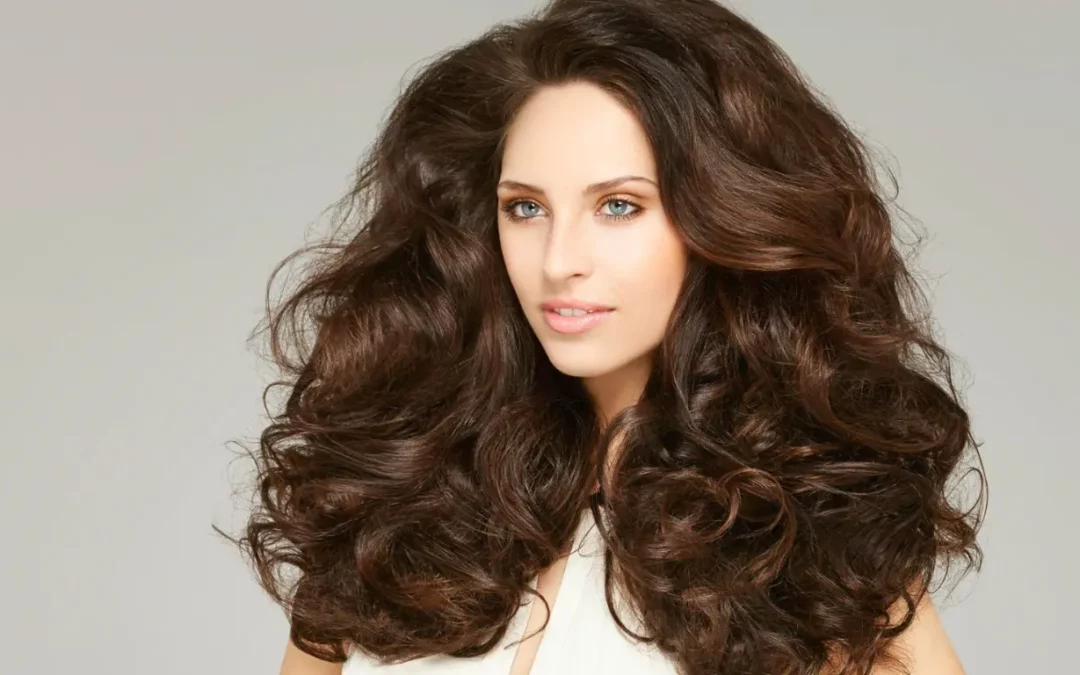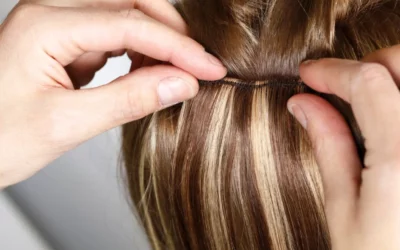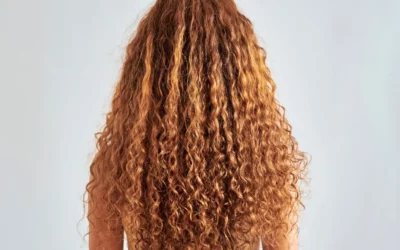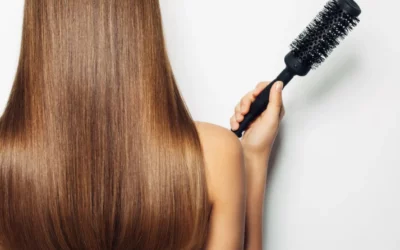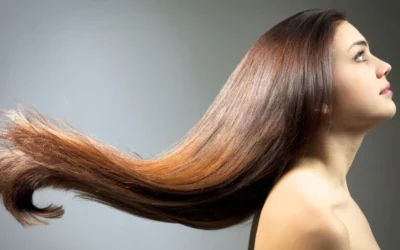Hair extensions have become a go-to solution for those seeking to enhance their hair’s length, volume, and versatility.
This article is your comprehensive guide to How Much Does Hair Extensions Cost, breaking down the various factors that influence pricing, the types of extensions available, maintenance, and everything in between.
The Many Faces of Hair Extensions
Before we delve into the financial aspects of hair extensions, it’s important to understand the wide variety of options available. Hair extensions come in different types, each with its own unique characteristics and costs:
Clip-In Hair Extensions: Clip-in hair extensions are the most accessible option. They’re affordable and easy to apply. You can use them as desired for special occasions or daily transformations.
Tape-In Hair Extensions: Tape-in hair extensions are semi-permanent extensions that provide a natural look and feel. They require professional installation and adjustment, which can impact the overall cost.
Weave or Sew-In Hair Extensions: Weave or sew-in hair extensions involve braiding your natural hair and sewing the extensions into the braids. This method is more affordable but requires more maintenance over time.
Micro Link Hair Extensions: Micro link hair extensions, also known as microbead or micro-ring extensions, are attached using small metal beads. They’re gentle on your hair but may have a higher initial cost.
Fusion Hair Extensions: Fusion hair extensions are attached with keratin glue, providing a seamless and long-lasting solution. They offer durability but can be one of the more expensive options.
Factors That Influence Hair Extension Costs
The cost of hair extensions can vary significantly due to several factors:
Hair Type: The type of hair used for the extensions significantly affects the cost. Human hair is generally more expensive than synthetic hair due to its natural look and feel.
Length: The length of the extensions is a crucial determinant of cost. Longer extensions require more hair and, consequently, result in a higher price.
Quality: The quality of the hair extensions plays a vital role in pricing. High-quality extensions are more durable and offer a more natural look, but they tend to be pricier.
Installation: Some types of extensions, like tape-ins or fusion extensions, require professional installation, which comes with an additional cost.
Maintenance: Regular maintenance appointments are essential for maintaining the quality and longevity of your extensions. Budget for these appointments when considering the overall cost.
Cost Breakdown of Hair Extension Types
Let’s delve deeper into the cost of different types of hair extensions to give you a clearer picture of what to expect:
Clip-In Hair Extensions: Clip-in hair extensions are the most budget-friendly option, with prices ranging from $50 to $200. These extensions are reusable, making them a cost-effective choice.
Tape-In Hair Extensions: Tape-in extensions typically cost between $200 and $800, including the cost of professional installation. These extensions need regular adjustments every 6-8 weeks.
Weave or Sew-In Hair Extensions: Weave or sew-in extensions are relatively affordable, starting at around $200 and going up to $600 or more, depending on the type of hair used and the desired length.
Micro Link Hair Extensions: Micro link extensions may cost between $300 and $1,000. They offer durability and a natural look but require maintenance every 6-8 weeks.
Fusion Hair Extensions: Fusion hair extensions are among the pricier options, with costs ranging from $500 to $2,000 or more, depending on the quality of the hair and the stylist’s expertise.
Additional Costs to Consider
When budgeting for hair extensions, don’t forget to account for these additional expenses:
Stylist Fees: Professional installation and adjustments are necessary for certain types of extensions. Factor in the cost of stylist fees, which can vary based on their expertise and location.
Maintenance: Regular maintenance appointments are essential for keeping your extensions in top condition. Be prepared for these recurring costs every few weeks or months.
Products: Invest in high-quality, sulfate-free hair care products to ensure the longevity of your extensions. These products may add to your overall cost.
Pros and Cons of Different Hair Extension Types
Clip-In Hair Extensions
Pros:
Affordability: Clip-in hair extensions are among the most budget-friendly options available. They are a cost-effective way to enhance your hair’s length and volume without a significant financial commitment.
Easy Application: These extensions are designed for effortless application. You can attach and remove them yourself without the need for professional assistance, making them a convenient choice.
Reusability: Clip-in hair extensions are typically reusable. You can use them for various occasions, whether it’s for a special event or your everyday look, without incurring additional costs.
Cons:
Temporary Solution: While their temporary nature is a pro for some, it can be a con for others. Clip-in extensions are not suitable for long-term wear and must be removed daily, which can be time-consuming.
Limited Hairstyles: Clip-ins may limit certain hairstyles. Elaborate updos or intricate braids may be challenging to achieve due to the clips that secure the extensions.
Visible Clips: If not applied correctly, the clips can be visible, potentially compromising the natural look of your hair.
Tape-In Hair Extensions
Pros:
Semi-Permanent: Tape-in hair extensions provide a semi-permanent solution, allowing you to enjoy long, voluminous hair for an extended period. They typically last around 6 to 8 weeks before needing adjustment.
Natural Look and Feel: These extensions are known for their natural appearance and comfortable feel. The tape lies flat against the scalp, creating a seamless blend with your natural hair.
Easy Maintenance: Maintenance is relatively straightforward. Adjustments are required every few weeks to reposition the extensions, ensuring they remain secure.
Cons:
Professional Installation: Tape-in extensions require professional installation, which adds to the overall cost. Attempting to install them yourself can lead to uneven or damaged extensions.
Regular Adjustments: While adjustments are essential for maintaining the quality of tape-ins, they can also be an ongoing expense.
Risk of Damage: If not removed correctly, the adhesive used in tape-in extensions can potentially damage your natural hair.
Weave or Sew-In Hair Extensions
Pros:
Affordability: Weave or sew-in extensions are often more budget-friendly than some other options, making them accessible to a wider range of individuals.
Versatile Styling: These extensions offer versatility in styling. You can create various hairstyles, from straight to curly, and even experiment with braids and updos.
Cons:
Regular Maintenance: Weave or sew-in extensions need regular maintenance, including tightening the weave, as they grow out from the scalp. This can incur additional costs.
Traction Alopecia: The braiding process can lead to a condition called traction alopecia, which is hair loss caused by constant tension on the hair follicles.
Heaviness: The added weight of weave or sew-in extensions can sometimes strain the natural hair, causing discomfort.
Micro Link Hair Extensions
Pros:
Durability: Micro link extensions are known for their durability. They can last for several months when properly maintained.
Natural Look: These extensions provide a natural look because there is no use of heat or glue. The small metal beads are discreet and blend seamlessly with your natural hair.
No Heat or Glue: Micro link extensions are gentle on your hair as they don’t require heat or glue for attachment, reducing the risk of damage.
Cons:
Higher Initial Cost: One of the potential downsides of micro link extensions is the higher initial cost compared to some other methods.
Regular Maintenance: Like many other hair extensions, micro link extensions require regular maintenance to keep them in optimal condition. This involves repositioning the beads as your natural hair grows.
Fusion Hair Extensions
Pros:
Seamless and Long-Lasting: Fusion hair extensions are prized for their seamless appearance and long-lasting results. The keratin glue creates a strong bond that can endure for months.
Strong Bond: The keratin glue used for fusion extensions creates a strong bond, ensuring that the extensions stay securely attached to your natural hair.
Cons:
Higher Cost: Fusion extensions are often among the pricier options due to their quality and long-lasting nature. The initial investment can be substantial.
Professional Installation: Fusion extensions require professional installation, which adds to the overall cost. Attempting to install them without expertise can lead to uneven or damaged extensions.
Risk of Damage: Removing fusion extensions incorrectly can potentially damage your natural hair. It’s crucial to have them removed by a professional stylist.
When choosing the right hair extension type for your needs, consider these pros and cons in conjunction with your budget, hair goals, and maintenance preferences.
By weighing these factors carefully, you can make an informed decision and embark on your journey to achieving the hair you’ve always desired.
Hair Extension Maintenance Tips
Maintaining your hair extensions properly is crucial for their longevity. Here are some tips to help you take care of them:
Washing: Use sulfate-free shampoos and conditioners. Wash your extensions gently, avoiding excessive rubbing or tangling.
Brushing: Use a soft-bristle brush to detangle your hair extensions. Start from the tips and work your way up to prevent damage.
Heat Styling: If you use heat styling tools, apply a heat protectant spray and keep the temperature within a safe range to prevent damage.
Regular Maintenance: Visit your stylist for regular maintenance and adjustments to keep your extensions looking their best. Regular maintenance is essential for the longevity of your extensions.
Conclusion
The cost of hair extensions can vary significantly based on factors like the type of extensions, hair quality, installation, and maintenance. Budgeting for hair extensions is essential to ensure that you get the beautiful, long locks you desire without breaking the bank.
Remember to monitor this article’s performance on Google over time, make updates as needed, and continue to provide fresh and relevant information to your readers.
With this comprehensive guide, you’re well-equipped to make an informed decision about the cost of hair extensions and embark on your journey to stunning, luscious locks.

